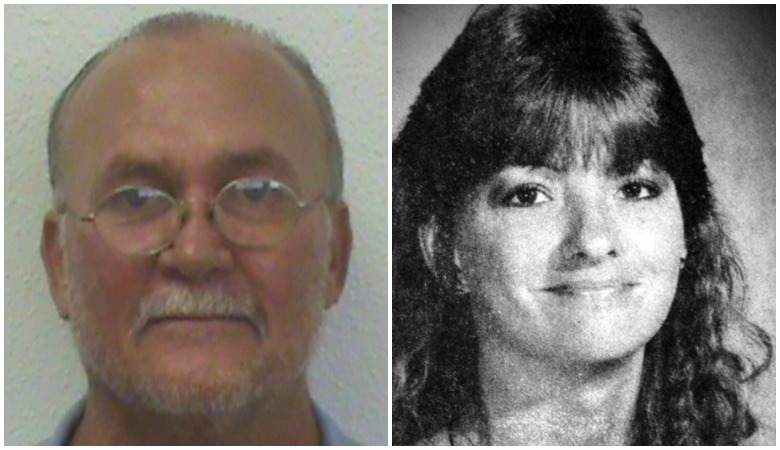
Oklahoma State Penitentiary System
Tommy Ward and Karl Fontenot were convicted of the murder of Donna Denise Haraway, who disappeared in the spring of 1984. Haraway’s disappearance and subsequent death came as a shock in Ada, Oklahoma, just two years after the rape and murder of Debbie Carter.
In the decades since Ward and Fontenot were handed a death sentence and a life sentence (Ward’s sentence was eventually commuted to a life sentence, too), there has been extensive criticism of the “confessions” that Ward and Fontenot gave to police during an interrogation. Ward and Fontenot are still in prison serving out life sentences without chance of parole.
The disappearance and subsequent death of Haraway, as well as the rape and murder of Carter, are the inspiration behind the Netflix docu-series The Innocent Man.
Here’s what you need to know:
1. At the Time of Haraway’s Disappearance, Ward Was a 24-Year-Old High School Dropout
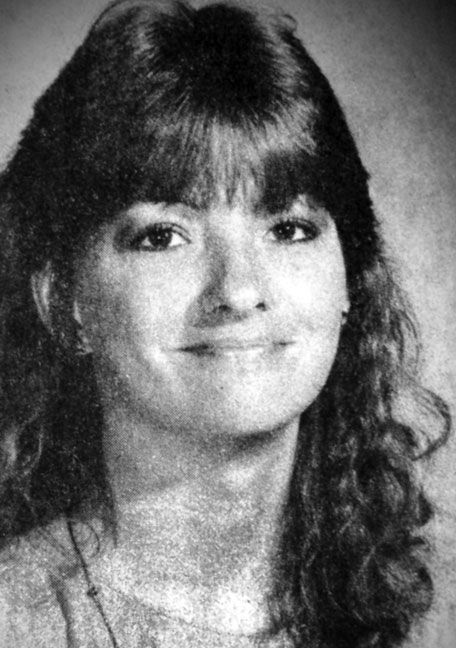
Tommy Ward was 24 years old at the time of Haraway’s disappearance. According to Grisham, Ward was a high school dropout with extensive family in Ada. He as the second youngest of eight children, and “was arrested several times for misdemeanors-public drunkenness, petty theft- but nothing violent.”
One such misdemeanor included the count of attempted larceny that Ward was arrest for in 1983. You can read the court records on it here; the case was dismissed in 1984.
Grisham further noted that Ward’s name first came up because of “concerned citizens,” about 30, who came forward and suggested the police look into him as a suspect. However, Ward had no known connection to Haraway prior to her disappearance.
2. Tommy Ward Was Arrested in October 1984 After a Man Named Jeff Miller Claimed He Had Heard Through the Grapevine That Ward Had Confessed to ‘Doing Something Terrible’
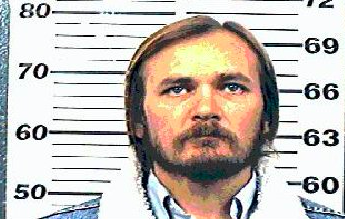
Oklahoma State Prison SystemGlen Gore, 3/27/2000
Ward was arrested in October of 1984 after a man named Jeff Miller told police that he’d heard from two unidentified women that they had been at a party with Ward the night of Haraway’s disappearance, and that Ward had told the women he’d done something “terrible.”
Ward then went through a series of interrogations, Grisham wrote, in which he repeatedly said he didn’t know who the girl was or where her body could be found, and police repeatedly asked him where she was, who killed her, and where her body could be found.
3. Ward’s ‘Confession’ to Police Came After He Was Told He’d Flunked a Polygraph Test
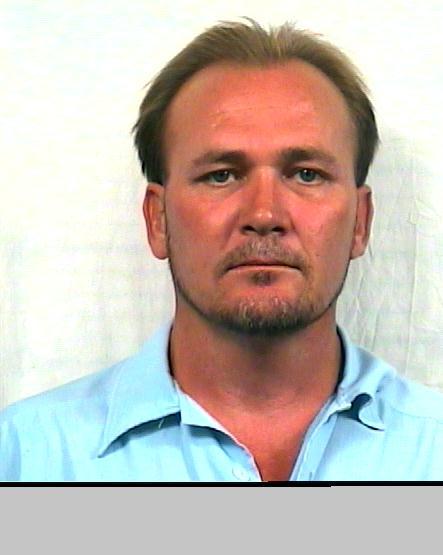
Oklahoma State Prison SystemTommy Ward, 8/6/2001
Ward finally confessed to the murder after an eight-hour interrogation, according to Grisham, and after the police told him that he’d failed a polygraph test and was “clearly” involved in the kidnapping and murder of Haraway.
Within Fontenot’s confession, there were both discrepancies between what Ward said, and also what would later be found to be true. For example, Grisham notes that Fontenot’s confession directly contradicted Ward’s in terms of the order in which they had allegedly raped Haraway, whether she had been stabbed during her rape, and when she finally died.
Then, when Haraway’s body was eventually found after the trial, it was found that the details Ward and Fontenot had “provided” during their confession didn’t match her cause of death at all; she had died with a single bullet to the head, and Ward and Fontenot’s confessions detailed stabbing and burning of the body.
What’s more, neither individual was able to tell the police where the body was put to the rest.
4. Ward & Fontenot Were Both Convicted of First-Degree Murder; Ward Was Given the Death Penalty & Fontenot Was Given Life Without Parole
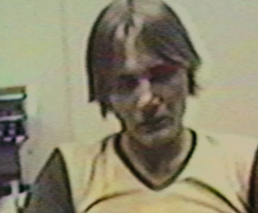
Tommy Ward Confession Footage
In September of 1985, Ward and Fontenot were tried for first-degree murder, as well as one count of kidnapping and one count of robbery.
On Oct. 26, despite the fact that Ward and Fontenot couldn’t tell the police where Haraway’s body was, and despite the fact that they had both recounted their confessions and insisted that they had never met Haraway, and despite the fact that the prosecutors had no other physical evidence connecting the two with Haraways disappearance, both men were convicted of her murder and sentenced to death.
In an interview with The Marshall Project in 2017, Grisham said of Fontenot and Ward,
“I received Christmas cards last week from both Tommy Ward and Karl Fontenot, so we keep in touch. They have now been in prison for 31 years, serving hard time for a murder committed by someone else. Both are model prisoners. Tommy has been recommended for parole at least twice, but turned down by the board in Oklahoma. Both have excellent teams of lawyers who continue to work for their release.”
When asked by The Marshall Project what people could learn from Ward and Fontenot’s trial, Grisham said, “If you’re accused of murder, don’t confess. Tommy Ward broke down after a long night of abusive interrogation. When he cracked, he decided to give the police the sensational story they wanted, knowing full well that a complete investigation would clear him. It doesn’t work that way. He’s been in prison for 31 years.”
5. Ward Is Currently Serving Out His Life Sentence at the Dick Conner Correctional Center in Hominy, Oklahoma
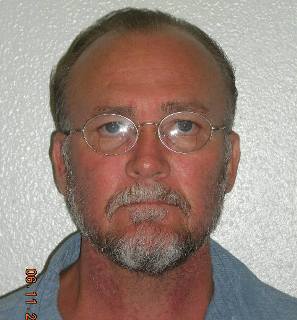
Oklahoma State Prison SystemTommy Ward, 6/11/2012
In 2015, the Oklahoma Innocence Project took Fontenot on as its first client, but his appeal was denied by the Oklahoma Court of Criminal Appeals. Though the Innocence Project maintained that it would continue to work on behalf of Fontenot, his case isn’t listed as active on the OIP site.
Currently, Fontenot is 53 and serving life without parole at the Oklahoma State Reformatory in Granite. As for Ward, he is not represented by the Oklahoma Innocence Project, and is serving a life sentence without parole at the Dick Conner Correctional Center.